This is a special guest post for Mobile Growth Stack series, that combines my previous posts on mobile growth model into a single post
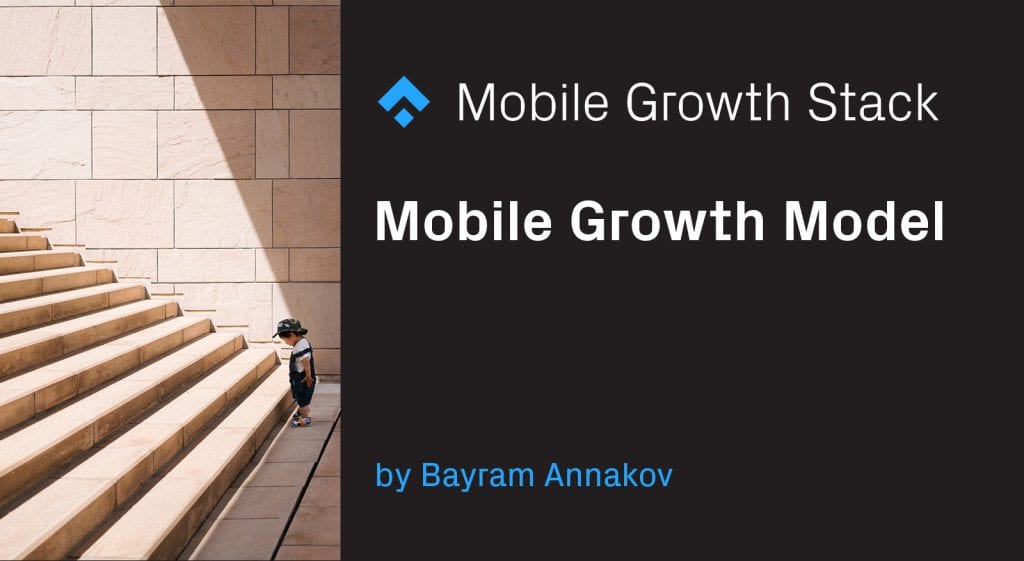
I am fond of systems thinking and system dynamics, so I tend to present any business or ecosystem as a systems map outlining key feedback loops. This is the best way to get a 10,000 meter view of any system and “see the forest for the trees” and not get buried in details. I gave a keynote on this framework — check out the video.
Here is what I have for mobile apps:
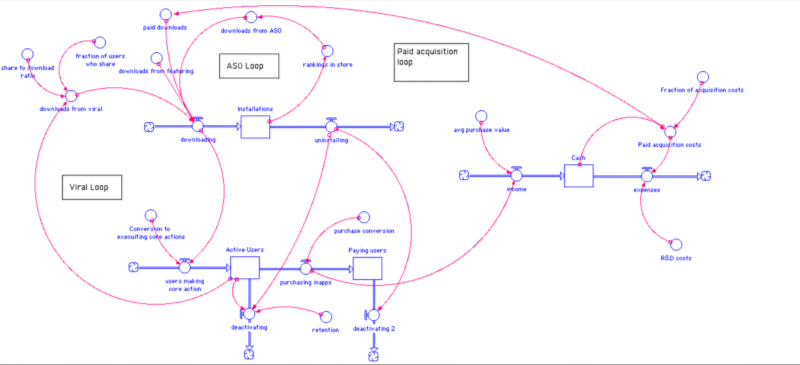
These are the key positive feedback loops:
- ASO Loop — more installations → higher rankings in app store → higher visibility of your app → more installations. The key task here is to get initial visibility and there are a lot of ways to achieve that (from featuring to PR)
- Viral Loop — more downloads → more active users → more users who share/recommend the app → more downloads. Key task is to reduce the time it takes user to share/recommend the app, improve the fraction of users who share, and the conversion from share to eventual download (making posts more visible & etc — I’ll cover more later)
- Paid acquisition loop — more downloads → more active users → more paying users → higher revenue → higher spent on paid acquisition → more paid downloads. The key here is to make this loop start working (basically this is the problem with ANY positive feedback loop).
Our experience tells us that these 3 feedback loops are essential to growing any mobile app. Later in this post, I’ll dive deeper into the 2 organic loops: the ASO loop and the viral loop.
Here is the Stella/iThink model that you could use to build your own model. Feel free to use it and let me know your feedback.
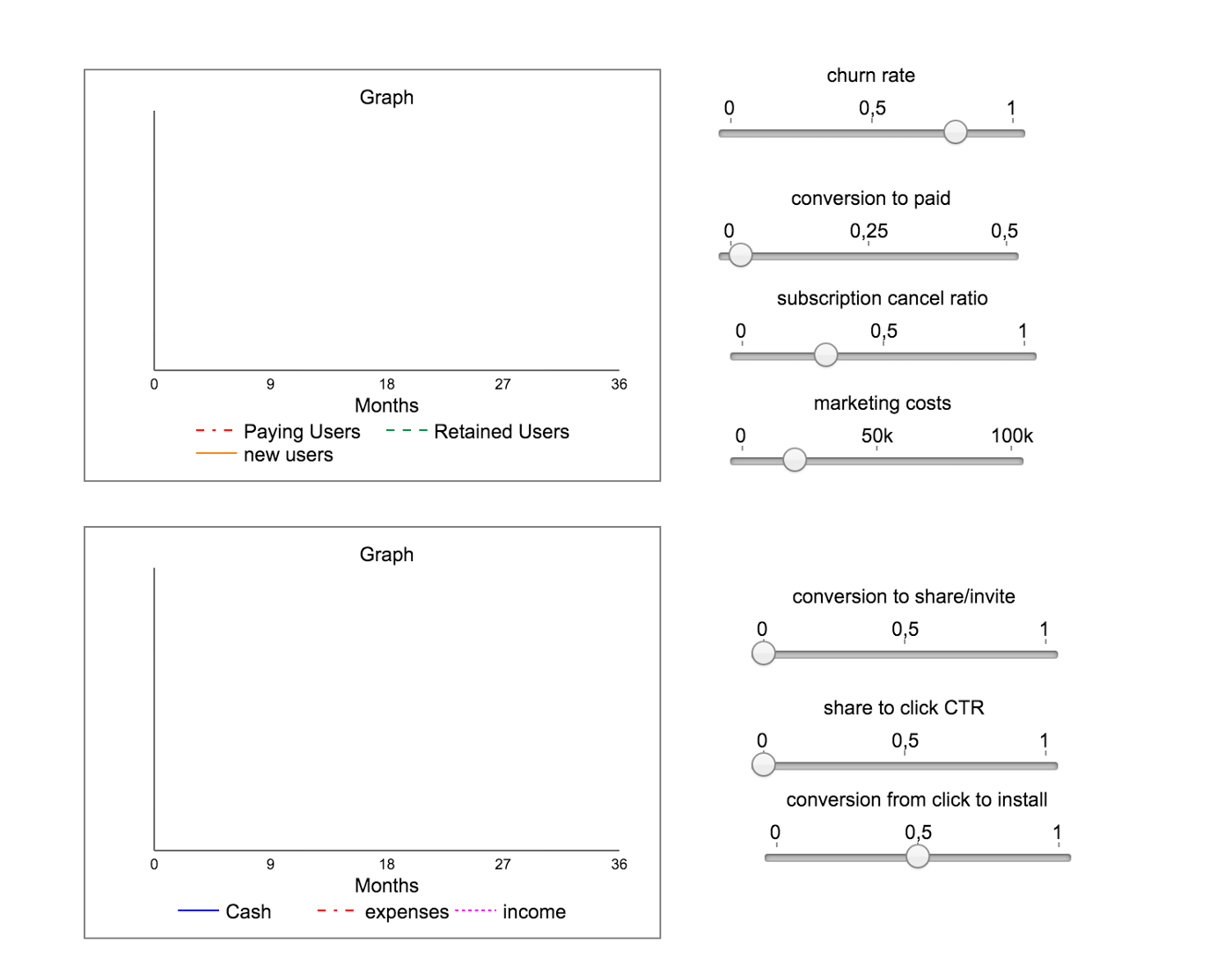
Mobile Growth model — Control Panel
And, of course, I strongly recommend to read at least one book on systems thinking: “Thinking in Systems” by Meadows and “Introduction to systems thinking” by Barry Richmond.
The ASO loop
There are 3 key feedback loops and App Store Optimisation (ASO) is the first and, in my opinion, most sustainable feedback loop.
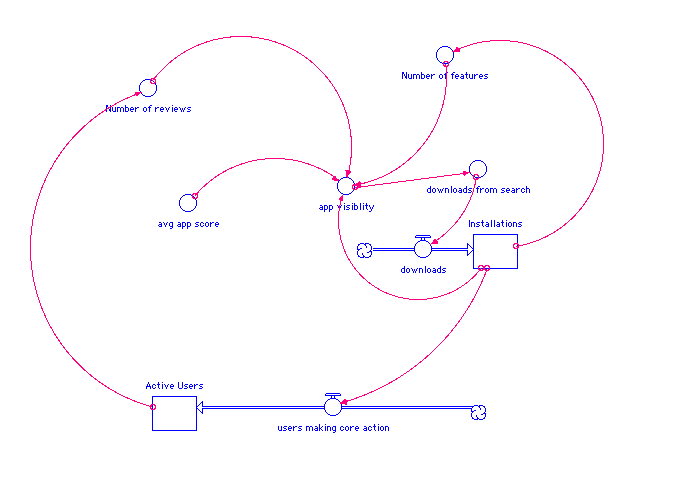
ASO feedback loop
Let’s outline key factors affecting the visibility of app in the store and, hence, number of downloads from ASO (a key element in ASO feedback loop to make the whole loop work):
- Number of downloads (total and for last X days) — this is obvious, but the only problem — no one knows the value of X ☺
- Number of active users — this is my guess based on observing app rankings and downloads when we update the app. Make sure you update the app at least once in month. There is this great article on number of updates/average score correlation and it make a lot of sense.
- Number of reviews — the basic approach is to ask for review when user has tried out the app’s core value and find indicator that user is happy with the app. For example, we assume that if user contributes a frequent flyer tip in “App in the Air”, then s/he is happy with the app and we ask for review after that. Or after the user bought something in our app. I share some tips in this video
- Average score — I have already covered how we fight negative reviews. The only problem (but it is an opportunity as well) is that by default app score is displayed for the current version, so make sure you ask for review after updates.
- Number of “features” — app might be featured by Apple and this increases app visibility (e.g. we have “Editor’s Choice” in Russia). There are different review teams in different regions, so make sure you contact someone from App Store of your region to share a word about your app. Lifehack: I often hear a questions “well, how do you contact App Store team?”, so there are 3 things you can do: a) LinkedIn Premium (just try searching “App Store at Apple” and you will be surprised how many people are there, send them InMail and you might get a response); b) have you ever seen WWDC videos? Remember what Apple employees have on the last slide? Yep, sometimes they have their email there. And you can contact them on Engineer/Evangelist level and then probably they will share a word about your app; 3) attend WWDC and you will have myriads of opportunities to get in touch with Apple employees. But please remember: you should have a great product to be featured! Contacting Apple employee means nothing if you don’t have a great product. Believe me!
- App title, keywords and volume of searches with such keywords — there are lots of articles online that cover this, check out this keynote, for example.
Also, this checklist might be helpful to improve your app store visibility.
The Viral Loop
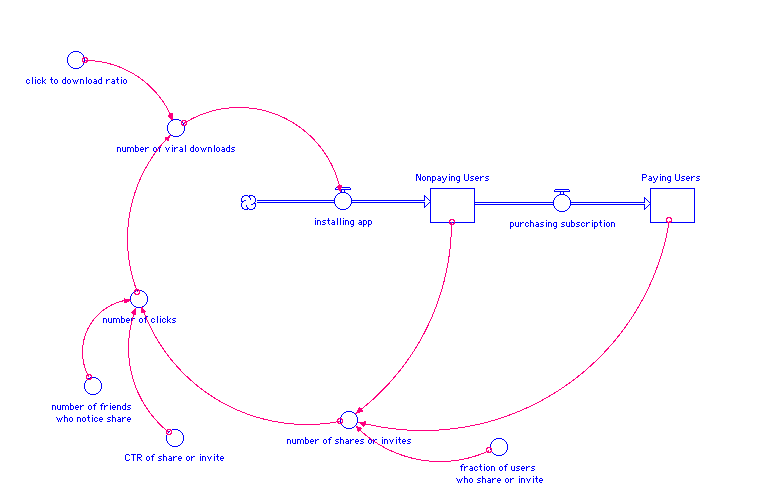
App Growth Framework: Viral Loop
Key factors affecting the number of viral downloads are:
- Fraction of users who share — as you might notice from the diagram above typically only fraction of users decide to share/invite others into the app. One of the key factors is to increase this fraction. You should understand user’s motivations to share the word about your app, so I strongly recommend these 2 books: “Viral Loop” by Adam Penenberg and “Contagious” by Jonah Berger. Nevertheless, there are some technical obstacles for people to share, so make sure you track errors and investigate this fraction thoroughly (see example how we discovered problems with iOS sharing)
- CTR of share/invite email or post — compare these 2 posts, which one makes you want to take action (retweet): left or right? Well, you can see the stats.
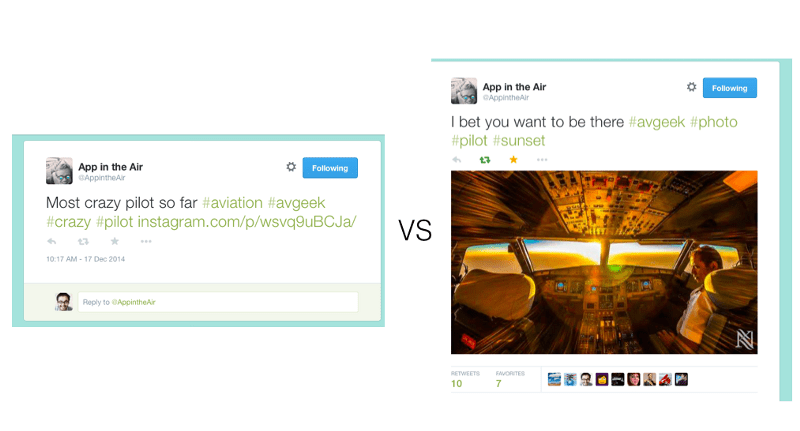
Twitter share examples
The difference is just that we used native Twitter photo sharing instead of just Instagram-to-twitter share (my colleague Nikita shares more insights here or a great infographic “The Big List of 189 Words That Convert”)
- Number of friends who notice share — you know that Facebook displays your posts only to 12% of your friends. So, assuming your average user has 150 friends in Facebook, one share is viewed by 18 friends. Any ideas how to improve that? There are lots of posts online on this matter (lots of posts online on this matter: e.g. here & there) and there used to by a great feature in Facebook to improve visibility of your app posts, but now it is, unfortunately to us, but fortunately to users, is gone.
- Click-to-download ratio — this is something app developers usually forget about: users click on your invite/share only to find out that you don’t have Android version, for example. Or they click on desktop and step back since you will have to open iTunes, download the app, then synchronise apps with device (or try searching app store by app name). Couple of great strategies: a) implement pre-release sign-up forms, so you start collecting user emails and send them out the moment your Android app is released to get initial boost in downloads or b) implement “text me download link” feature as Booking.com recently did.
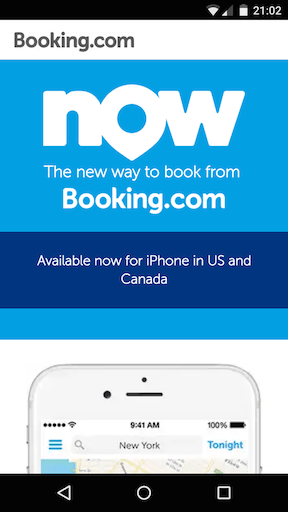
Booking.com’s “Now” app on Android
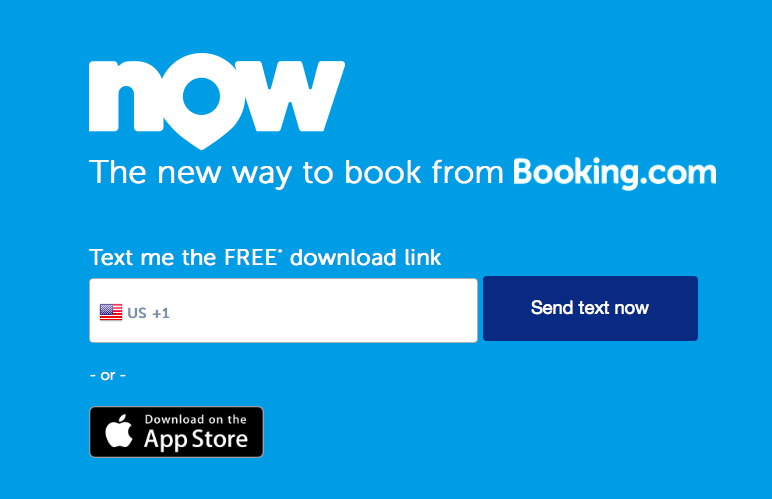
Booking.com “Text me download link”
What other ways to improve these factors do you know? Let me know in comments and/or share this post if you like it.
The Paid Acquisition Loop
The 3rd feedback loop is paid acquisition loop. Initially, we have undervalued the importance of this feedback loop due to lack of fund and revenue, but it becomes key loop on subsequent stages of app growth.
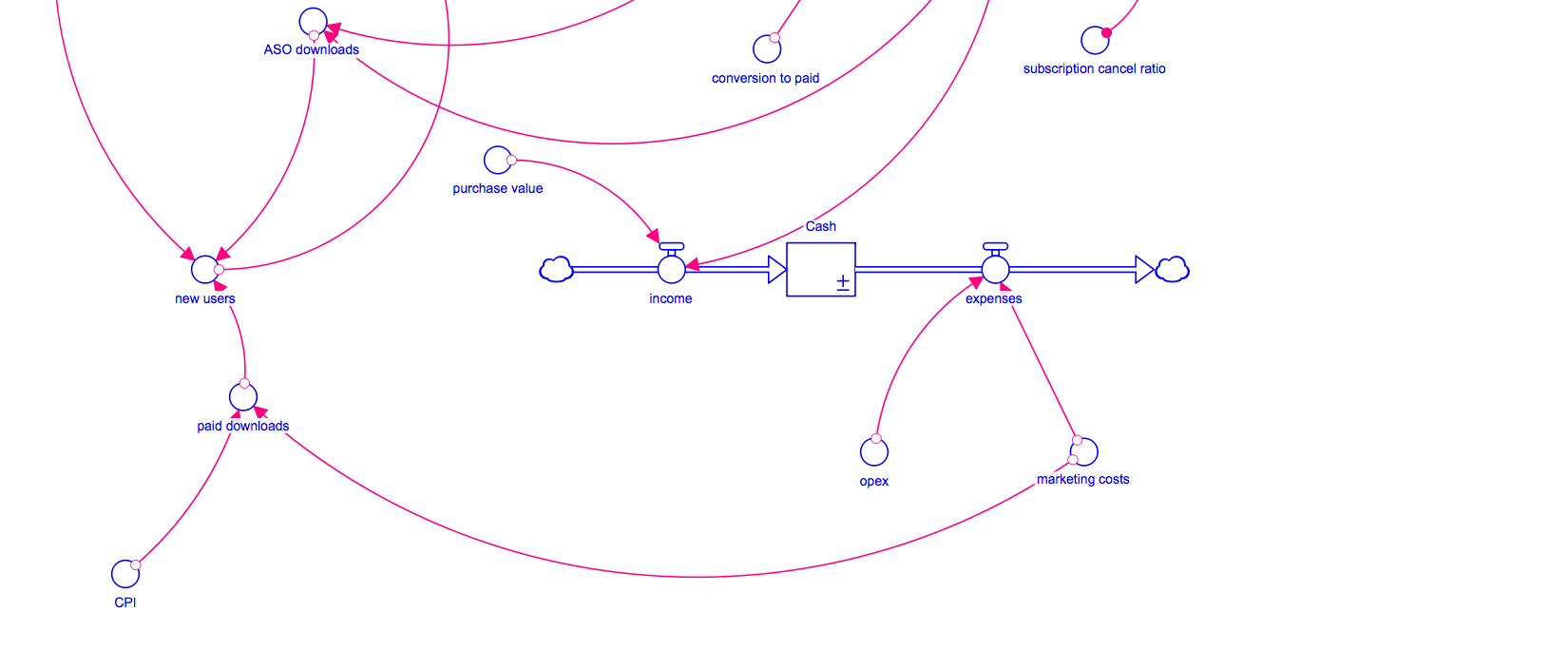
App Growth Framework: Paid Acquisition Loop
Key factors are:
- Marketing budget — the more you spend on marketing, the more you acquire new downloads
- Cost per install — the lower CPI, the more downloads you get with your marketing budget.
- Purchase value — the more you charge your user, the higher is revenue, the more you can spend on marketing.
- Conversion to paid — the higher is your conversion to paid user, the more revenue you get
- Subscription cancel ratio— the lower is your subscription cancel ration, the higher is lifetime value of the user you acquired.
This one is pretty straightforward, but please don’t forget that it works in combination with other 2 loops. This has 2 specific outcomes:
- High CPI does not mean you have bad user economics since you have to a) compare it with purchase value; b) discount on the effect this has on ASO and Viral loops (i.e. you acquire 100 users for 50$, but those 100 users bring in 30 more users via ASO and Viral loops)
- You can compensate “weak” paid acquisition loop by “strong” ASO and Viral loops.
Key leverage — Active Users
So, if you take a quick look at the diagram, or, even better, spend some time working with the mode you will notice that the number of active users is key to each feedback loop. It plays a central role in each of the loops, therefore this is the single most important element of the model.
I have covered this in detail in this response to Ev Williams “A mile wide, an inch deep” post.
Please share your thoughts and feedback — I’d much appreciate it.
Table of Contents












